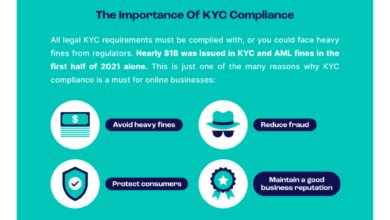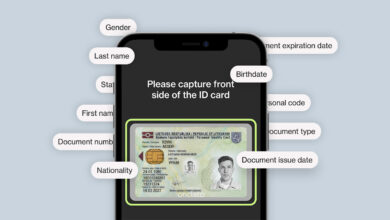Tableau Vs. Excel: The best difference you should know

Many feel Tableau and Excel are competing for a solution. Others think the tools are like apples and bananas.
Both tools are used for data analysis. They are a highly effective tool for creating, developing, storing, and analyzing your data. Companies use both of them, but they have distinct features and functionalities.
In this Tableau Vs. Excel blog, we will discuss the overview of both tools and learn the difference between them.
So, let’s start discussing the overview of Tableau and Excel.
What do you mean by Tableau?
Tableau is the Business Intelligence Software that enables connecting, visualizing, and creating interactive dashboards with just a few clicks. It visualizes the data so that you can see the outcomes immediately. It differentiates the correlations using color, size, labels, and shapes. Let’s learn some benefits and drawbacks of Tableau, which are as follows:
Benefits
- The Tableau dashboard holds excellent features that allow you to customize the dashboards. This feature is only suitable for mobile phones and laptops.
- Tableau users can connect Python or R scripts for complicated table calculations.
- It can easily handle a large volume of data.
Drawbacks
- Tableau is helpful for visualization but can not query the data.
- Tableau does not have the features of automatic refreshing of the reports with the help of scheduling.
- The users do not like Tableau’s formatting option, and only 16 columns of the table display.
What do you mean by Excel?
Microsoft Excel is a spreadsheet application that collects data in the form of rows and columns. It keeps the information in cells. You can also add charts, graphics, and various visualizations to make your data more presentable. The benefits and drawbacks of Excel are:
Benefits
- Microsoft Excel can examine vast amounts of data to identify trends and patterns that will assist decision-making.
- Excel can efficiently perform mathematics and logical functions.
Drawbacks
- Excel is not able to resolve the problems.
- Excel is not fit for intelligent business practice.
- It is not easy to share worksheets online.
Thus, let’s move to discuss the difference between Tableau and Excel.
Tableau VS Excel
| Points Of Difference | Tableau | Excel |
| Usage | It is Good for quick and accessible representation of data. | It is best for storing data and statistical analysis. |
| Benefits | User Friendly, easy interactive visualization | It manipulates descriptive statistics. |
| Knowledge Required | Everyone can use Tableau without any prior knowledge of coding. | To understand the full potential of Excel, knowledge of VBA and basic scripting is required. |
| Business Purpose | It has a self-service function that would give insights into the data. | Easily creates the on-off page. |
| Real-Time Usage | Real-time interactive deal with the data. | External applications and programs have to be set up for real-time. |
| Ease Of Use | Not required coding skills. | Require knowledge of scripting (VB) and Macros. |
| Field | Tableau includes business evaluations and key performance patterns. | In various domains, Excel deals with data transformations. |
| Solution | It represents the insights of big data problems. | It is most suitable for small-scale and structured data. |
| Stand out | It saves a large amount of data. | Excel stands out with descriptive statistics.
|
| Data Related Problems | It can quickly deal with big data to provide relevant insights. | It has some finite resources to deal with extensive data. |
| Applications | Data Analysts, Data Scientists. | Developers, Data Analysts, ETL DBA |
Do You Know
What are the positive or negative features of both tools Tableau and Excel?
Following are some negative and positive points of Tableau and Excel:
Tableau
| Positive Points | Negative Points |
| Central Reporting Portal | Expensive
|
| Modern Visuals | Unable to edit data into cells
|
| Speed up the process of Reporting
|
Take time to prepare data.
|
| Delivery Option
|
Demand Charge of the server for self-service reporting
|
Excel
| Positive Points | Negative points |
| Popular among companies to gather data.
|
No report portal
|
| Affordable Price
|
Not compatible with other microsoft products
|
| Editable formulas and data
|
Complex dated design
|
| Easily compatible with other microsoft products
|
Need Maintenance time to time
|
Which one is better, Tableau or Excel?
Well, in my perception, Tableau is better at making live links from the outside resources. It can make links with ease of access and speed. Tableau is famous in the market because of the data issues that various organizations face.
On the other hand, excel has defined resources. It is considered in terms of data. Excel has confined columns and rows. But these are both used for data analysis.
Moreover, Tableau has an extra feature that BI ( Business Intelligence) analysts use.
Conclusion
Thus, I have mentioned the significant difference between Tableau Vs. Excel. Both tools are used for data analysts. Tableau is all about dashboards and Visuals. Contrary, Excel is a spreadsheet that is used to perform multi-layered calculations. Organizations and companies can choose one of them according to their budget and the type of reports and data they create.



